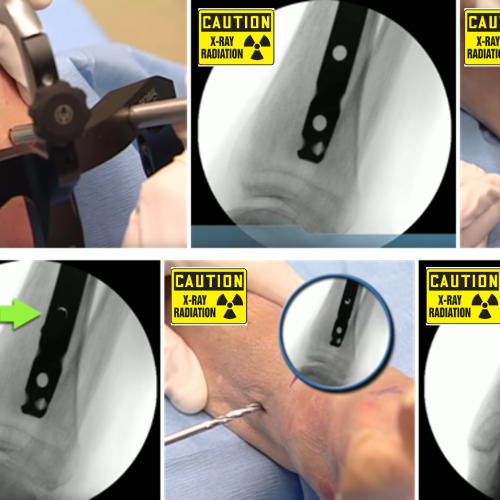NailedItBack to Projects
Background
Long bone trauma care allows for minimally invasive surgical use of intramedullary nails (IMN). Aiming arms attached to inserted nails afford for percutaneous placement of interlocking screws. Intraoperative fluoroscopy is required for targeting the location of the nail holes to place the distal locking screws. This is done using a free-hand technique or a radiolucent supportive device for improved accuracy. Currently available methods for distal screw placement result in increased intraoperative time and exposure to radiation for both surgeon and patient. One of the biggest challenges in spine surgery is to place implants in the vertebrae for the treatment of spinal malformations, fractures, and other back conditions. The margin of error can be as small as 1mm, because the surgical area is right next to the spinal cord and the vertebral artery.
Proposed Healthcare Solution
Augmented reality (AR) enhanced computer-assisted surgical navigation system
Development Stage
Preclinical Testing
Funding Cycle
2019-2020
Team
Thomas P Schaer, VMD
Stephen Lane, PhD
Samir Mehta, MD
Kathryn Wulster, VMD
Joshua Veloz
For more information on this technology, please contact Penn Center for Innovation at pciinfo@pci.upenn.edu.
